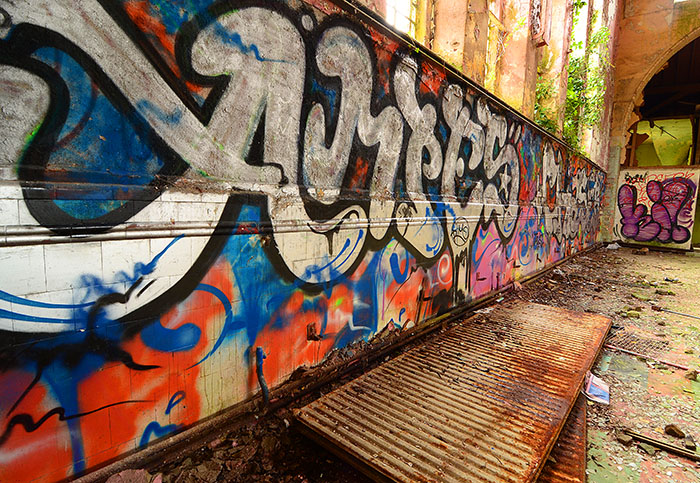This is Oisín (Ush-een). He’s been a bit sick over the past week and things took a turn for the worse over the weekend. He got gastroenteritis and the poor thing couldn’t fight it off himself. I’ll spare you the details of that horrible virus but let’s just say there is a lot of cleaning up involved.
After a few trips to the doctor, they decided it was best to get the fluids into him through IV as he was getting more and more dehydrated. Nothing was staying down and he was only getting sicker. The IV fluids did the trick. After 4 hours he started to perk up and I was then able to slowly drip more fluids into his mouth while he slept.
He’s much better now, he’s at home with his mum getting lots of cuddles and all the Peppa Pig he wants. Just seeing this little fella in the hospital bed was heart breaking and I knew it was nothing serious. I could see other parents up there who’s children weren’t going to be let out anytime soon. My heart goes out to them, I don’t know how they do it.

On a different note, who the hell puts plaster cast down a sink?






























